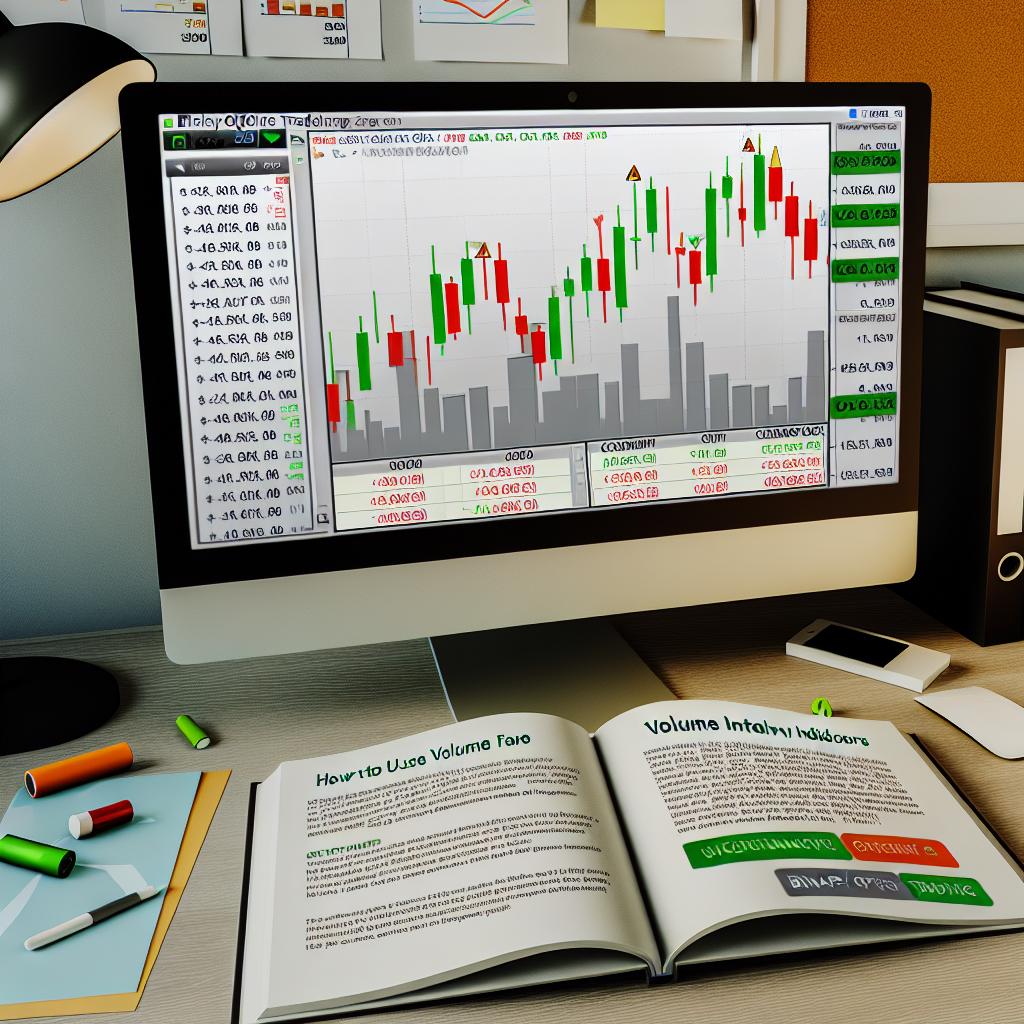Understanding Volume Indicators in Binary Options Trading
Binary options trading is based on predicting the direction in which the price of a particular asset will move, and it is essential to make well-informed decisions in this area. Volume indicators play a critical role by offering insights into the strength behind a price movement, thus assisting traders in predicting potential market trends.
What Are Volume Indicators?
Volume indicators are sophisticated analytical tools used to measure the trading volume of an asset over a predetermined period. These indicators are generally presented in formats such as histograms or lines, serving as a gauge for traders to assess the intensity underpinning market movements. By understanding volume indicators, traders can gain valuable insights into the potential direction and sustainability of trends.
The Importance of Volume in Trading
Within the trading environment, the concept of volume is indicative of the number of units of an asset that have been traded within a specific timeframe. When trading volume is high, it often signifies robust market interest and elevated activity levels, which may suggest the initiation or continuation of a trend. Conversely, trading characterized by low volume might indicate a weakening trend or the possibility of reversals.
Popular Volume Indicators
A myriad of volume indicators exists; however, several hold particular relevance in the niche of binary options trading:
1. Volume (Basic Volume Indicator): This fundamental indicator displays the quantity of shares or contracts that have been traded within a given security or market. A consistent level of volume might suggest market stability, whereas spikes in volume can imply heightened trading activity.
2. On-Balance Volume (OBV): This indicator is designed to forecast price trajectory by compiling a running total of volume to discern whether buying surpasses selling or vice versa. An upward trend in OBV usually signifies a scenario where buyers dominate the market, whereas a decline suggests seller dominance.
3. Volume Oscillator: This indicator works by calculating the disparity between two separate volume moving averages. It aids traders in identifying potent buying and selling signals predicated on fluctuations in trading volume.
Applying Volume Indicators to Trading Strategies
The integration of volume indicators into a binary options trading regimen can enrich the decision-making process by affirming existing trends or highlighting provisional reversals. Here is how these analytical tools can be seamlessly incorporated into trading strategies:
Confirming Trends: When you witness a noticeable escalation in volume coinciding with a trending direction, it acts as a validation of the trend’s trajectory. For instance, if you observe a rising price trend paired with surging volume, it is indicative that the trend is likely to persist.
Identifying Market Exhaustion: If a market exhibits movement with receding volume, this might suggest an enfeebling trend. Traders can leverage this discernment to brace for potential reversals or interruptions in the current trend.
Acknowledging Bullish and Bearish Divergence: By juxtaposing the direction of volume with price alterations, traders can pinpoint potential bullish and bearish divergences. For example, a scenario where prices ascend amidst declining volume might denote a bearish divergence, which can signal an imminent trend reversal.
Conclusion
In the domain of binary options trading, volume indicators constitute a pivotal aspect of trading strategies. By imparting insights into market dynamics and the robustness of price fluctuations, these indicators empower traders to make more strategic and informed decisions. Nonetheless, it is crucial to remember that volume indicators should be applied in tandem with other analytical methods and risk management strategies to yield optimal outcomes. For a deeper understanding of trading strategies and tools, individuals can explore a variety of financial educational resources available online.
This article was last updated on: July 20, 2025

